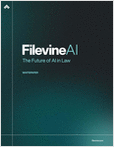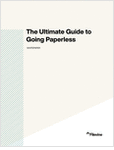Last January, most firms in The Am Law 100 thought that they had closed the books on their annual associate bonus decisions when Sullivan & Cromwell suddenly upped the ante. On a Friday afternoon, chairman Joseph Shenker announced in a firmwide memo that Sullivan would award class-based spring bonuses, ranging from $2,500 to $20,000, in addition to the firm’s previously announced year-end awards. (Sullivan’s year-end bonuses ranged from $7,500 to $42,500.) The firm had had a great 2010, with profits per partner up 9 percent, to $3.25 million, and associate activity up significantly. “It was the fair thing to do,” says Shenker, noting that Sullivan had paid spring bonuses in two prior years, 2008 and 2009. “We weren’t looking to make waves,” he adds.
But make waves they did. The reaction from Shenker’s Am Law 100 peers ranged from mildly surprised to shocked. True, several of the New York–based firms had seen a resurgence in business, but most associated special bonuses with times of unadulterated economic growth, like 2007, not with a still shaky world economy. And things were supposed to be different now, after the pain of the financial crisis, with the continued client pressure on legal costs and all the talk of law firms reexamining pay models. “I was stunned,” says one senior New York partner at an Am Law 20 firm. (This partner, like many others we spoke to, declined to speak on the record about associate compensation practices.) “I was really hoping we were getting out of the habit of these [extra] bonuses.”





